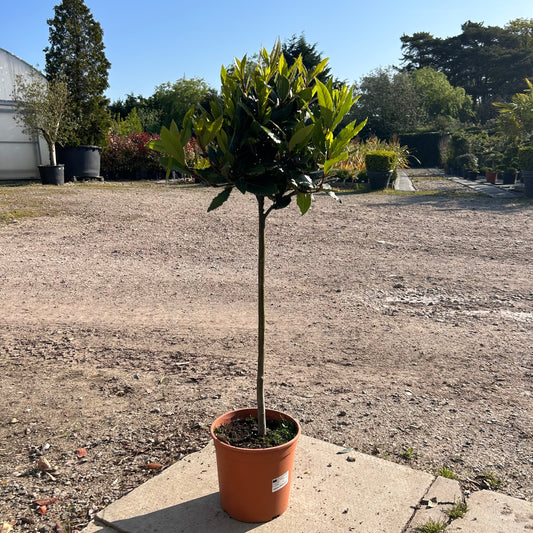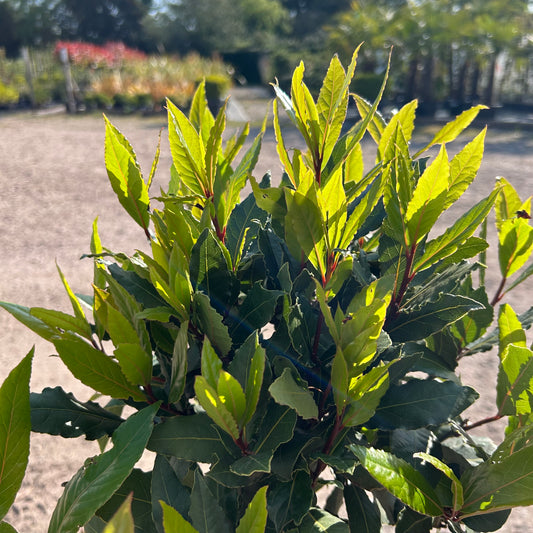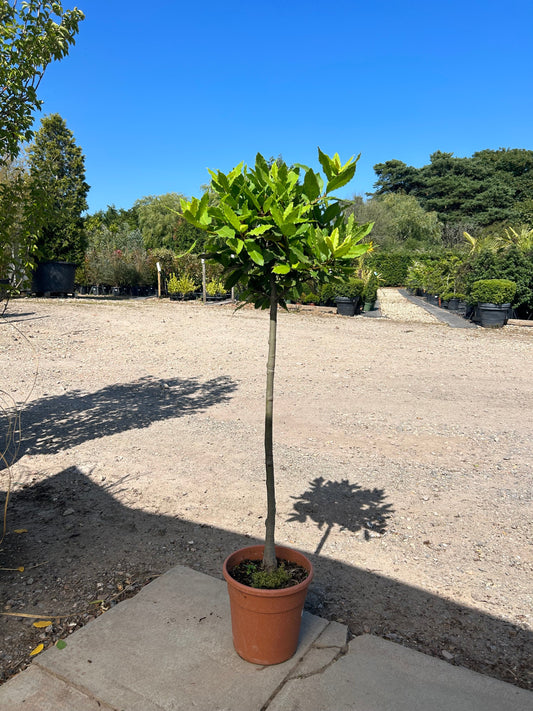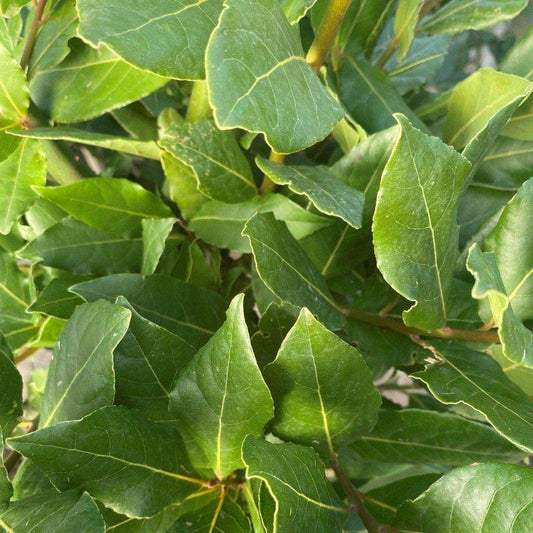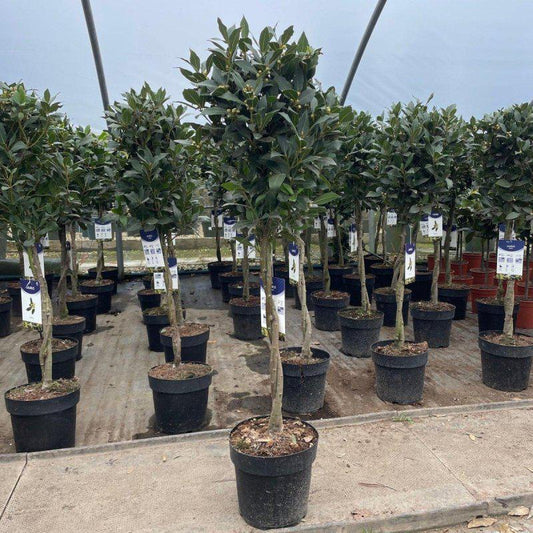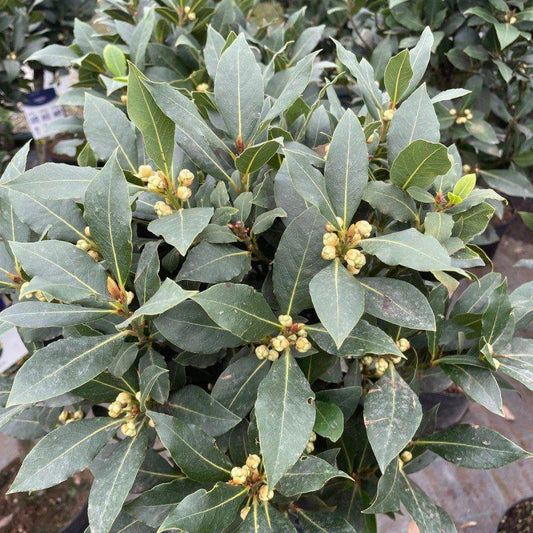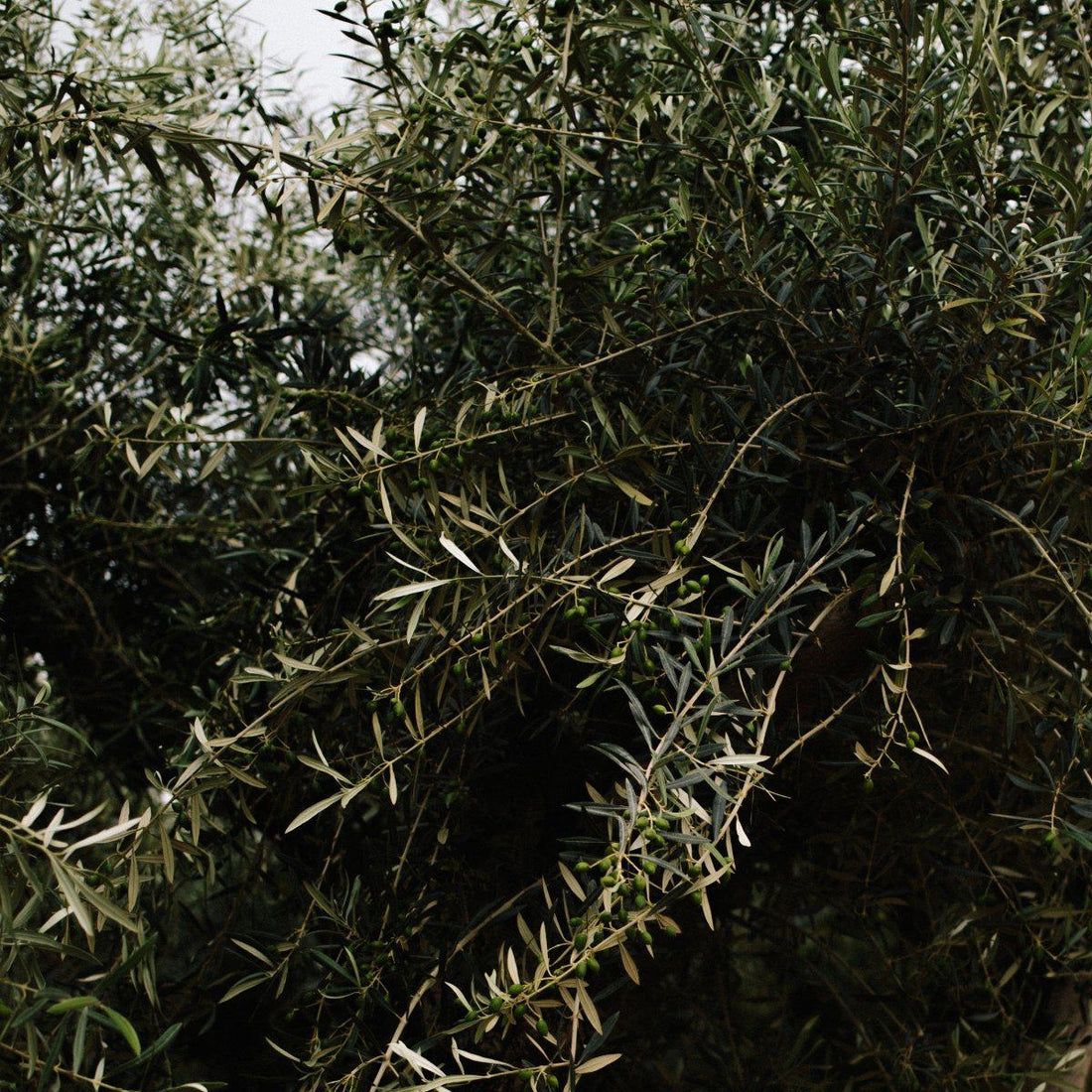Inside this Article:
Olive trees, while resilient, are susceptible to various diseases that can affect their health and productivity. In this article, we'll explore some of the most common olive tree diseases that afflict trees in the UK, their symptoms, and practical strategies for prevention and treatment. By arming yourself with knowledge about these diseases, you can better protect your olive trees and ensure their longevity and vitality.
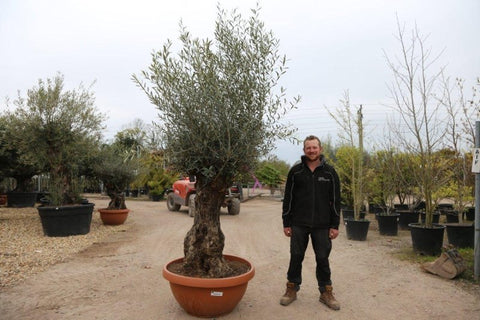
Understanding Common Olive Tree Diseases
Olive trees are vulnerable to several diseases, ranging from fungal infections to bacterial diseases. Here are some of the most prevalent diseases that UK olive tree growers may encounter:
Olive Knot
Olive knot, caused by the bacterium Pseudomonas savastanoi, is a common disease affecting olive trees worldwide. It manifests as swollen, tumor-like growths on branches and twigs, often accompanied by oozing sap. If left untreated, olive knot can lead to branch dieback and reduced fruit production.
Olive Leaf Spot
Olive leaf spot, caused by the fungus Spilocaea oleaginea, is characterized by small, dark lesions on olive leaves. As the disease progresses, the lesions may coalesce, leading to defoliation and reduced photosynthetic capacity. Olive leaf spot can weaken the tree and make it more susceptible to other diseases.
Verticillium Wilt
Verticillium wilt, caused by the soilborne fungus Verticillium dahliae, is a serious disease that affects a wide range of woody plants, including olive trees. Symptoms include wilting, leaf yellowing, and vascular discoloration. Verticillium wilt can lead to tree decline and death if not managed effectively.
Anthracnose
Anthracnose, caused by various fungal species in the genus Colletotrichum, is a common disease affecting olive trees. Symptoms include sunken lesions on fruit, leaves, and twigs, often surrounded by a dark, water-soaked margin. Anthracnose can reduce fruit quality and yield if left unchecked.
Symptoms and Diagnosis of Olive Tree Diseases
Identifying the symptoms of common olive tree diseases is essential for prompt intervention and management. Here are some key symptoms to watch for:
- Olive Knot: Swollen, knotty growths on branches and twigs, oozing sap.
- Olive Leaf Spot: Small, dark lesions on olive leaves, which may coalesce and lead to defoliation.
- Verticillium Wilt: Wilting, leaf yellowing, and vascular discoloration.
- Anthracnose: Sunken lesions on fruit, leaves, and twigs, often surrounded by a dark, water-soaked margin.
If you observe any of these symptoms on your olive trees, it's crucial to consult with a professional arborist or agricultural extension specialist for accurate diagnosis and treatment recommendations.
Prevention and Treatment Strategies
Preventing olive tree diseases is key to maintaining tree health and productivity. Here are some effective strategies for disease prevention and management:
Cultural Practices
- Proper Pruning: Prune olive trees regularly to improve air circulation and reduce moisture buildup, which can contribute to disease development.
- Sanitation: Remove and destroy diseased plant material to prevent the spread of pathogens.
- Mulching: Apply organic mulch around the base of olive trees to conserve moisture and suppress weed growth, reducing stress and minimizing disease risk.
Chemical Control
- Fungicides: Apply fungicides according to label instructions to protect olive trees from fungal diseases such as olive leaf spot and anthracnose.
- Bactericides: Use bactericides to manage bacterial diseases like olive knot, particularly during periods of active growth and high disease pressure.
Biological Control
- Biofungicides: Consider using biofungicides containing beneficial microorganisms to suppress fungal pathogens and promote a healthy microbiome in the soil and on plant surfaces.
Disease-Resistant Varieties
- Select Resistant Varieties: Choose olive tree varieties that are less susceptible to common diseases prevalent in your area, reducing the need for chemical interventions.
See the best Olive Tree Varieties in the UK
Frequently Asked Questions (FAQs)
-
Can olive tree diseases spread to other plants? Yes, some olive tree diseases can spread to other plants if proper sanitation measures are not followed. It's essential to remove and destroy diseased plant material promptly to prevent the spread of pathogens.
-
What are some signs of olive tree diseases? Signs of olive tree diseases include swollen growths, leaf lesions, wilting, yellowing, and discoloration. Promptly identifying and addressing these symptoms can help prevent disease spread.
-
How can I prevent olive tree diseases? Prevent olive tree diseases by practicing proper pruning, sanitation, and mulching techniques. Additionally, consider using fungicides and bactericides as needed and selecting disease-resistant olive tree varieties.
-
Are there natural remedies for treating olive tree diseases? Yes, some natural remedies, such as neem oil and copper-based fungicides, can help manage olive tree diseases. However, it's essential to consult with a professional before using any treatment.
-
Can olive tree diseases be fatal? In severe cases, olive tree diseases such as Verticillium wilt can be fatal if left untreated. Prompt diagnosis and intervention are crucial for minimizing the impact of diseases on tree health.
-
Is it possible to revive a diseased olive tree? In some cases, it may be possible to revive a diseased olive tree through proper care and treatment. However, the success of revival efforts depends on the severity of the disease and the tree's overall health.
-
How often should I inspect my olive trees for signs of disease? It's recommended to inspect olive trees regularly, especially during the growing season, for signs of disease. Early detection allows for prompt intervention and management.
-
Are there any olive tree varieties that are immune to diseases? While no olive tree varieties are entirely immune to diseases, some varieties exhibit greater resistance to specific pathogens. Choosing disease-resistant varieties can help reduce the risk of disease.
-
Can olive tree diseases affect olive oil production? Yes, olive tree diseases can affect olive oil production by reducing fruit yield and quality. Managing diseases effectively is essential for maintaining optimal oil production.
-
What should I do if I suspect my olive tree is diseased? If you suspect your olive tree is diseased, seek professional assistance from an arborist or agricultural specialist. They can provide accurate diagnosis and recommend appropriate treatment options.


